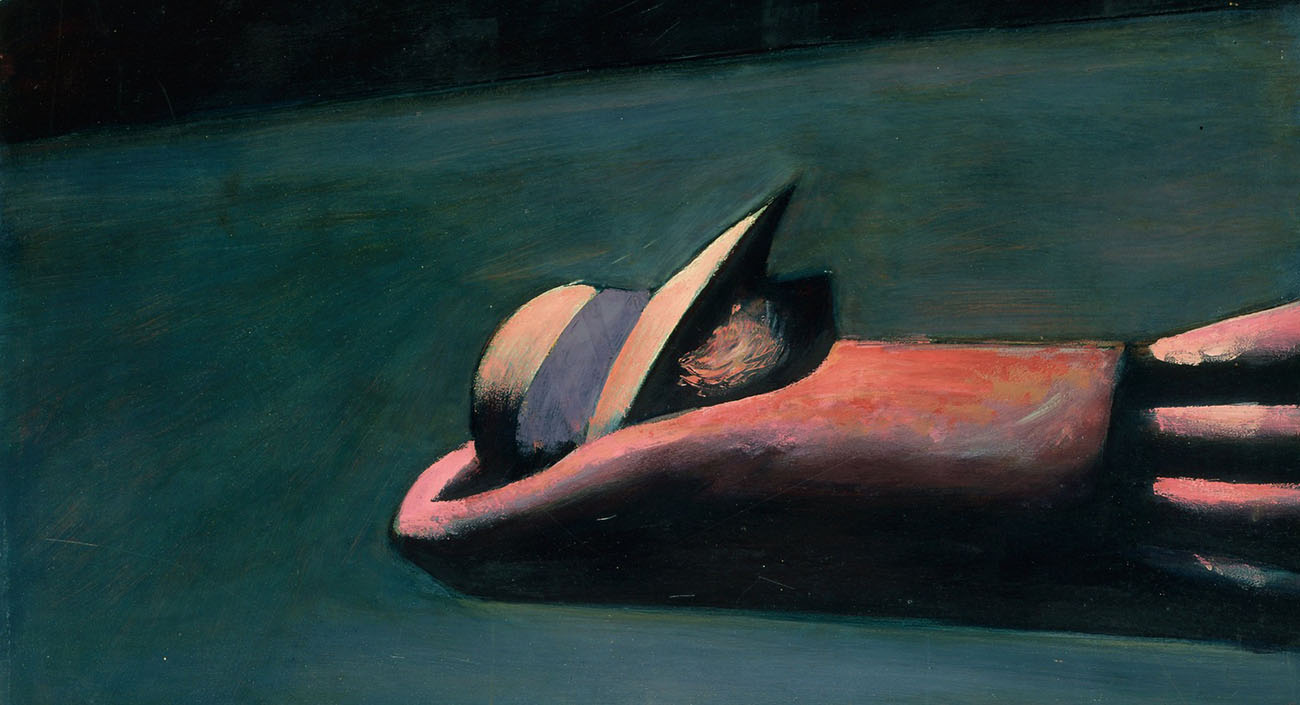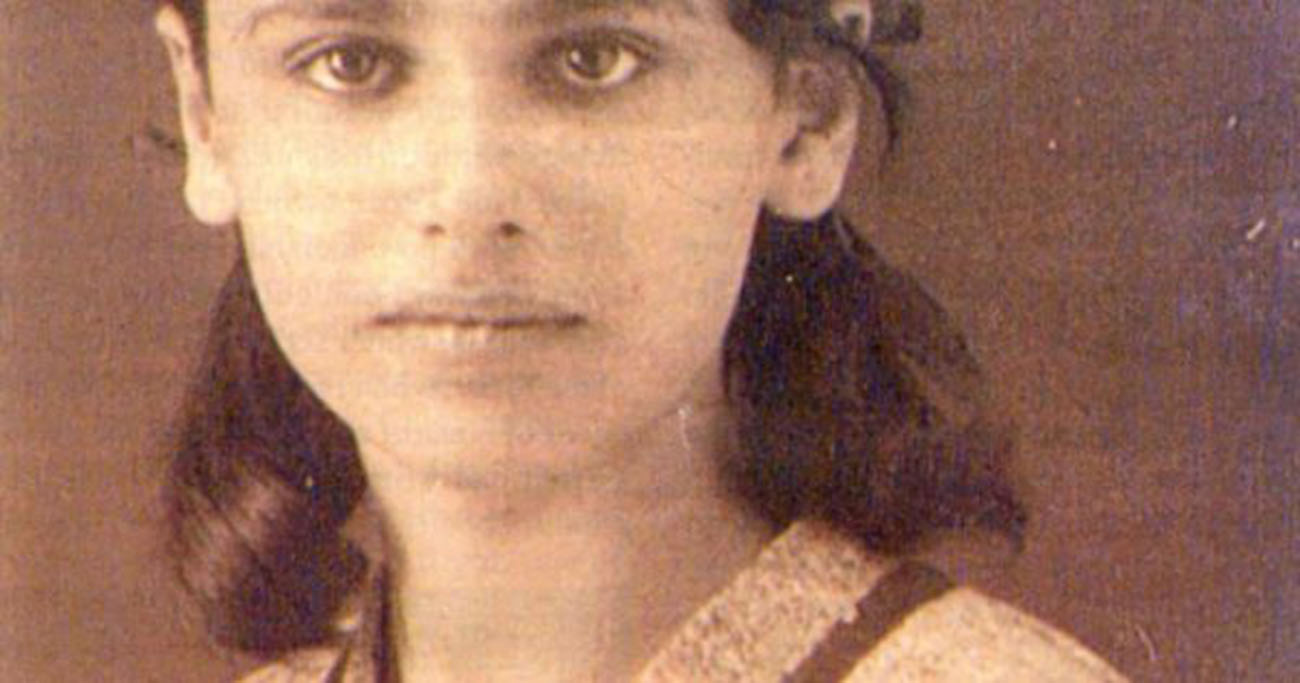SOLO FACES
James Salter (1979)
Have you read James Salter?
If the answer is no, then I envy you, as one envies somebody about to visit Paris or Istanbul the first time. Salter’s novels and short stories are treasures to explore. They delight, but can also chill your blood.
Now in his vigorous eighties, Salter was a classmates of Jack Kerouac at school. It’s hard to imagine a more different path in life to the one taken by the author of On the Road. Salter was educated at West Point military academy, becoming an officer in the US Air Force. As a fighter pilot, he flew over 100 combat missions in Korea. In his thirties, he abruptly quit this career to become a full-time writer. His novels and stories are disciplined, exquisitely-assembled artifacts, each with a throbbing pulse of emotion within that can make you wince in sympathy or horror (and frequently both). There is hardly a work by Salter that doesn’t leave me feeling disturbed when I finished reading it. Solo Faces is no exception.
Vernon Rand, the protagonist, lives in California where he drifts from job to job and – woman to woman – until he meets an old climbing friend, Cabot. The meeting inspires him to travel to the French Alps to climb the Dru, a notoriously difficult and dangerous ascent. He and Cabot climb it together, one of them almost dying in the process. They have different personalities and backgrounds, but both are leaders, although Rand prefers to climb alone. After their triumph, Cabot travels on. Rand meanwhile stays on in Chamonix, quietly and passionately conquering one peak after another, becoming a local legend. He’s not a particularly good climber, he insists; it is something that comes from within, a matter of will. When two Italians are stranded on a ledge high on the Dru for days, he heroically leads a team up the ice-covered mountain to rescue them. Rand becomes famous, celebrated in the French media and feted at parties in Paris. Tall and modest, with a boyish grin, you could imagine him being played in a movie by Sam Shepard, circa 1975.
For two hundred years, France had held the idea of the noble savage, simple, true. Unexpectedly he had appeared. His image cleansed the air like rain. He was the envoy of a breed one had forgotten, generous, unafraid, with a saintly smile and the vascular system of a marathon runner.
Rand admits to enjoying the attention and envy that fame brings him, and is simultaneously disgusted with himself doing so. At this point, he hears that Cabot has had a terrible accident while climbing in Wyoming. Rand returns to the US to visit his friend, leading to the horrific scene which forms the climax of the novel.
Solo Faces could be used as a tutorial in the technique of how to write fiction well. Most striking is the parsimony of his descriptions and characterisation. One word more would be excessive. One word less, inadequate. Salter describes Rand at the beach with a girlfriend and her son:
Seen picking their way down the slope from the highway to the beach, half-naked, towels in their hands, they seemed to be a family. As they drew closer, it was even more interesting. She already had a stiffness and hesitation that are part of middle age. Her attention was entirely on her feet. Only the humorous, graceful movements of her hands and the kerchief around her head made her seem youthful.
The descriptions of climbing naturally drew most attention in reviews, and were based on Salter’s own experience. ‘One of the few novels I have read which captures the genuine feel of climbing,’ wrote Al Alvarez.
They were about halfway. The glacier had become very small. It seemed he was somewhere – he had felt this many times before – where a terrible event, some suspension of physical law might take place, and everything he knew, was sure of, hoped to be, in one anarchic moment would dissolve. He saw himself falling.
This feeling alternated with one of confidence. A layer of frailty had been stripped away and a stronger, more spiritual being remained. He almost forgot where he was or what he had given himself to. His eye wandered god-like over the silent peaks.
But Solo Faces is not a novel about climbing. It’s about obsession. It’s about the pursuit of bliss, of the feeling that life is worth living. It’s about what it is to be a man or a woman. At times, the descriptions of climbing liken it to a soldier facing an enemy; at times, Rand describes it as being like a lover embracing and charming the mountains. At other times, it seems more of a titanic struggle: ‘He was not merely making an ascent. He was clinging to the back of this monster, He had his teeth in the great beast.’
Rand’s tragedy is that his obsession with climbing consumes his life. It is like an addiction. It becomes the only thing which gives him satisfaction. However, this means that he doesn’t find pleasure in any other things he does. Its drains value from everything else in life around him, and so spoils it. This is most evident in his relationships. In this short novel, apart from Cabot and Rand (both aptly named), there is a remarkable procession of friends, fellow climbers, and especially women, who appear and then disappear, never to be seen again. In the opening scene, Rand is working high up on the roof of the church, doing repairs. The title of the sermon advertised outside the church door is ‘God and sexuality’, and this can be read this as signalling the dominating themes of the book. Rand is effortlessly attractive to women, something he simply accepts. He drifts lazily from one woman to another in the novel without deceit. ‘You make love like someone in a novel,’ one woman tells him admiringly. ‘Whatever it is,’ she tells a friend, ‘he has it despite himself.’ The friend is also a former lover of Rand’s. ‘I think it’s mainly an ability to look good in old clothes,’ she replies drily. When yet another lover falls pregnant, though, he immediately tells her that regretfully he cannot be a father. That is the end of the conversation for him. In Paris, making love almost replaces climbing for him as an obsession. It is still a solo occupation for him, however, described in one ghastly image:
This love was the act of one person, it was not shared. He was like a man on a boat on a wide lake, a perfectly still lake at dawn. There was no sound except that of oars in the oarlocks, creaking, creaking, a man alone in a boat that slowly begins to shudder, to cry.
For Rand, ‘One woman is like another. Two are like another two. Once you begin there is no end.’
Rand has no illusions about himself though, and his disgust with himself deepens. Only at the end, weary after a final shocking encounter with Cabot, is there a hint of reconciliation with the richness of life, of an existence beyond climbing. Some years later, we meet Rand in California again. In the novel’s final scene, he is with another woman, Paula, a schoolteacher. She tells him that her former husband has sworn off alcohol, and begged her to return to him. She is considering it. This time, though, Rand ‘did not want to live again anything he had already lived. He did not want it all repeated.’ When Paula replies that she is unsure about him, that what she says seems to go into ‘empty air,’ he replies, ‘Well, what you have to do is hold on, don’t get scared.’
This is Rand’s way of asking her to stay, a hint that he’s learned from climbing at last, how to live in the world with another person. It is perhaps the beginning of love.




